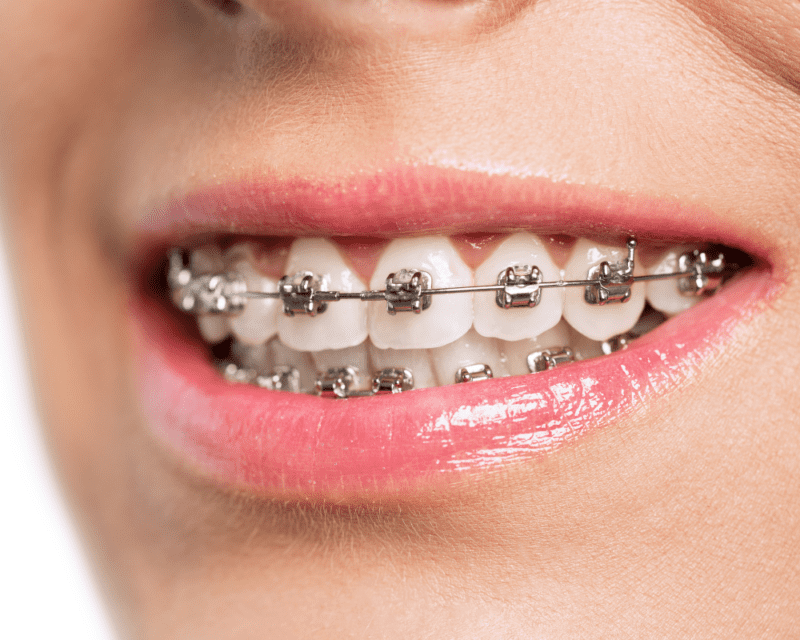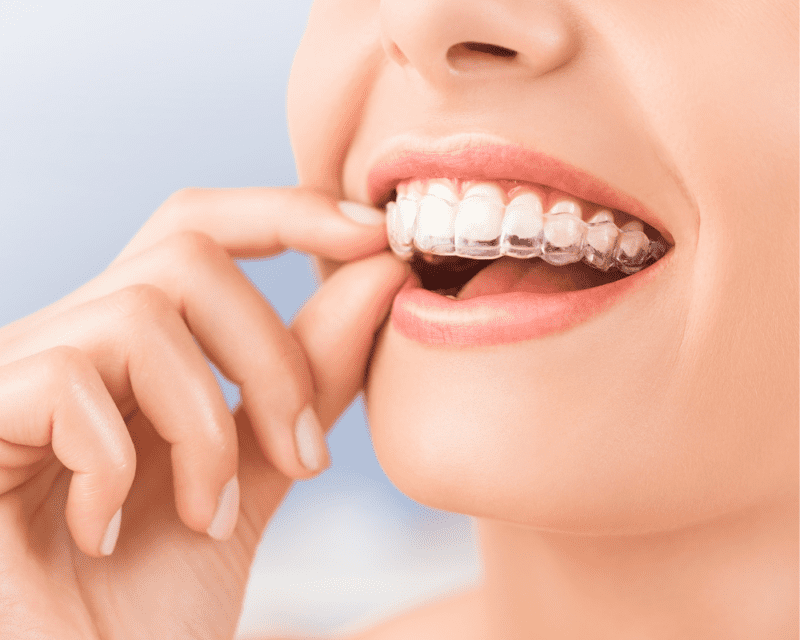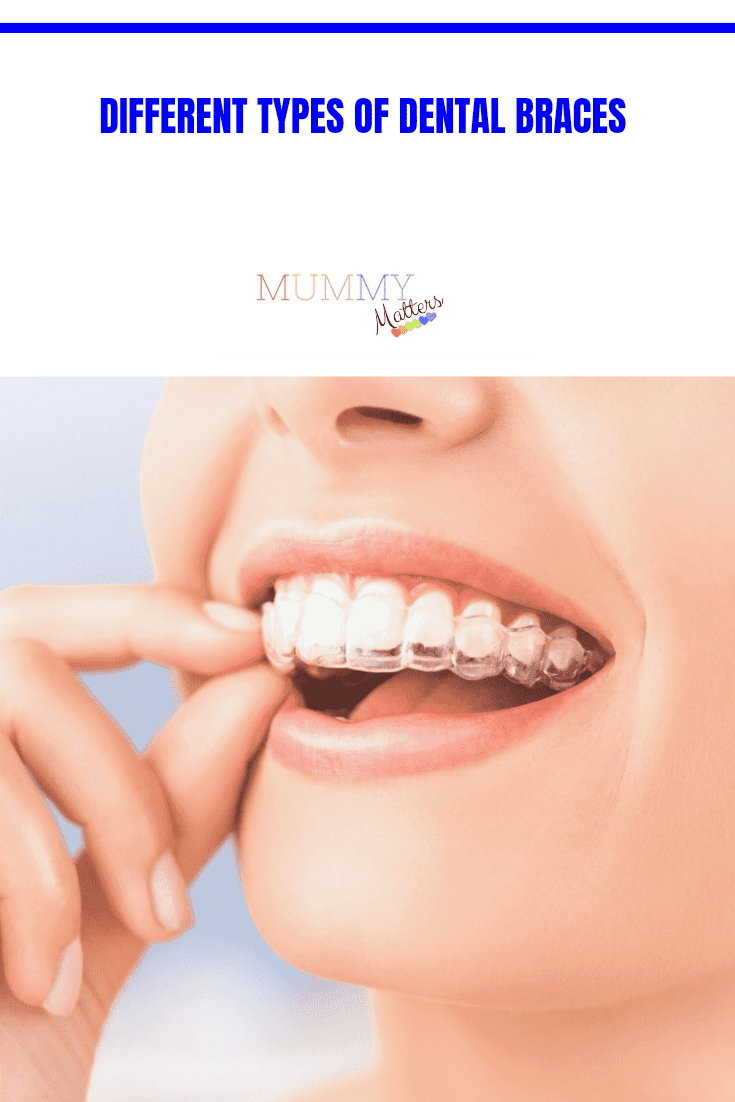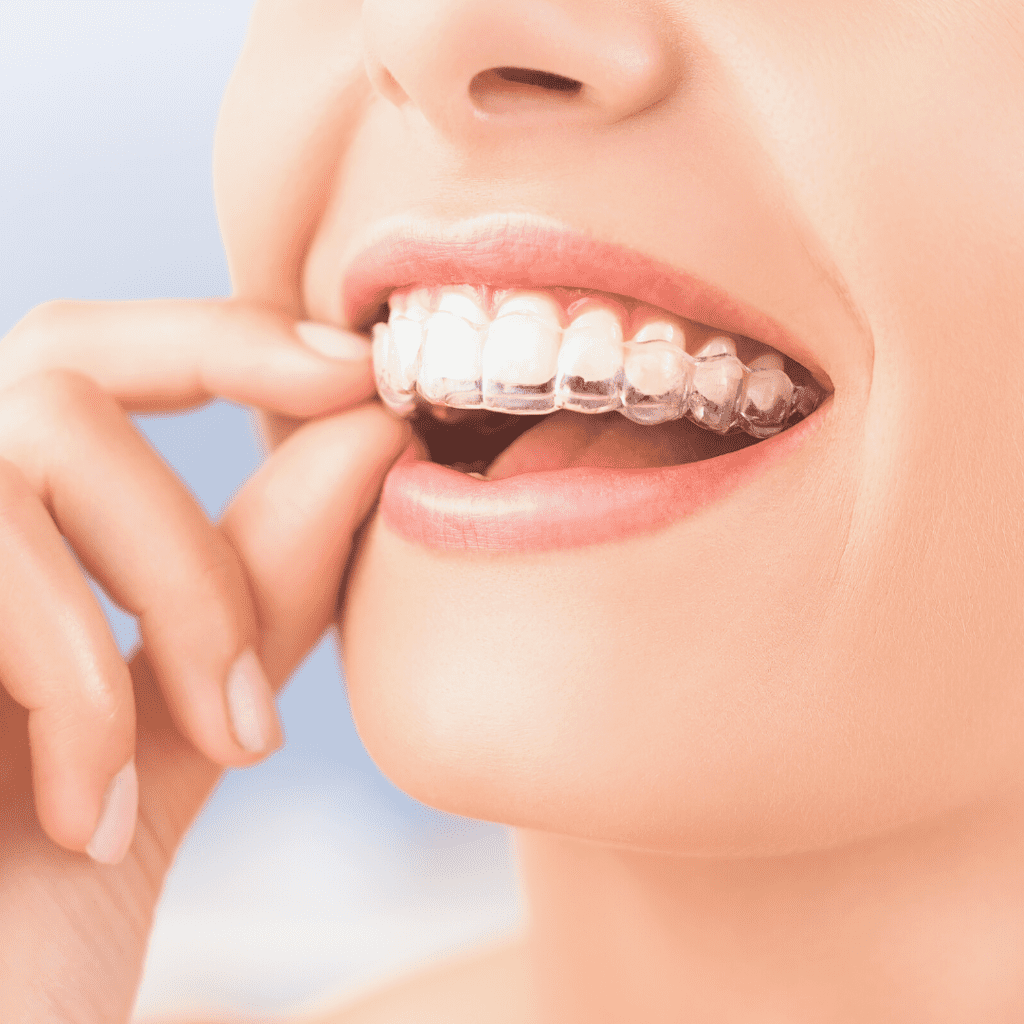There are numerous styles of orthodontic braces available. Despite having different components, each type realigns the teeth to improve chewing, biting, and aesthetics. The various styles of orthodontic appliances available provide the wearer with a great deal of flexibility, control, and convenience.
There are two types of braces available: removable and fixed. Removable devices, as the name implies, can be moved into and out of the mouth at any time, whereas the orthodontist applies and removes fixed devices. Although fixed dental braces are frequently used to correct severe alignment issues, removable devices are more popular because they give the wearer more control over their treatment.
Traditional fixed braces

Traditional braces are frequently more affordable and convenient than other braces, especially in severe malocclusion (bad bite). Individual brackets are glued to each tooth on the arch while applying fixed braces, and a thin wire connects the brackets. Traditional fixed braces work on the principle of applying consistent pressure to the teeth. An orthodontist must modify the appliances at regular appointments to maintain appropriate pressure.
Brackets come in various materials, including metal, ceramic, and clear. Metal brackets are the least structurally problematic but are also the most visible. Ceramic brackets are equally effective and less visible, but stain if not properly cared for.
Clear brackets are the least visible but more expensive and prone to damage. Patients who choose fixed orthodontics have the following treatment options.
Linguistic braces
Lingual braces are nearly invisible because they are bonded to the back of the teeth, but the initial attachment is a little more complicated. Lingual braces are made up of special custom-made brackets connected by a wire. Many users prefer the reduced aesthetic impact of these braces, but some report an initial speech impairment.
The Damon system
The Damon System is a less noticeable alternative to traditional fixed braces. Light wires align the teeth at first, and heavier wires are used as the teeth straighten. Traditional braces use elastic rings to keep the wires in place, but the Damon System’s designers replaced these rings with tiny sliding doors.
The most significant benefit of this replacement is the reduction of friction and discomfort. Because of the reduced friction, this system of self-ligating braces can quickly correct malocclusions, and the lighter wires put less strain on the periodontal ligaments. The Damon System is less noticeable and faster but more expensive than traditional fixed systems.
Suresmile
SureSmile is a cutting-edge system that claims to straighten teeth in half the time of traditional braces. An OraScanner and/or Cone Beam Computed Tomography (CBCT) takes a three-dimensional picture of the teeth to determine each tooth’s precise position and angle. A computer system generates the archwire for the braces, which is used to connect the orthodontic brackets. Body heat activates the archwire. As a result, treatment times are reduced, and alignment is more precise. SureSmile is a technologically advanced and effective system, but it is one of the more expensive fixed braces.
Smiles after six months
Six Month Smiles is intended to significantly impact aesthetics rather than function. Instead of aligning every tooth, this system focuses on visible teeth when smiling and speaking. Six Month Smiles braces are made inconspicuously using small archwires and tooth-coloured brackets. Contrary to popular belief, more pressure is not applied to move the teeth quickly. These cosmetic braces are popular, effective, and less expensive than advanced technological systems.
Removable devices

The Invisalign system consists of removable aligning trays that gradually realign the teeth. Aligning trays are typically worn for two weeks before being replaced with trays that better fit the new tooth positioning. Invisalign trays can be easily removed for eating and socializing, but they must be worn as much as possible to achieve the best results. If you are wondering how much Invisalign costs today, you can research online or speak to your local orthodontist to find the best solution for your teeth.
Braces made of metal
Metal braces, also known as traditional braces, are the most common type used worldwide and have been in use for over a century. In the past, braces were very bulky and noticeable.
Fortunately, braces are not what they were 100 years ago. Advances in innovation and technology have made braces:
- Smaller
- Faster
- More Comfortable
- More Effective
Children and adolescents are the most likely to wear metal braces. They work by affixing braces to the teeth and connecting them with wires. The wire is attached to the braces with elastic ties in various colours. At your appointments every 4-8 weeks, the orthodontist adjusts the wire to move the teeth.
We highly recommend Arrowhead Foothills Dentistry if you are looking for a Dentist in Glendale.
Braces made of ceramic
Ceramic braces are transparent, tooth-coloured braces. They function similarly to metal braces but are more discreet and less visible. Ceramic braces are most popular among patients who do not believe Invisalign or lingual braces are appropriate for them but still want to straighten their teeth discreetly and cost-effectively. These are typically aesthetic-driven adolescents and adults.
Ceramic braces are less noticeable than metal braces and offer an affordable alternative. However, you should be aware that these braces are slightly larger than metal braces and can stain depending on your diet and brushing habits. They are not for everyone, but we believe they are still an important tool in our orthodontic toolbox.


